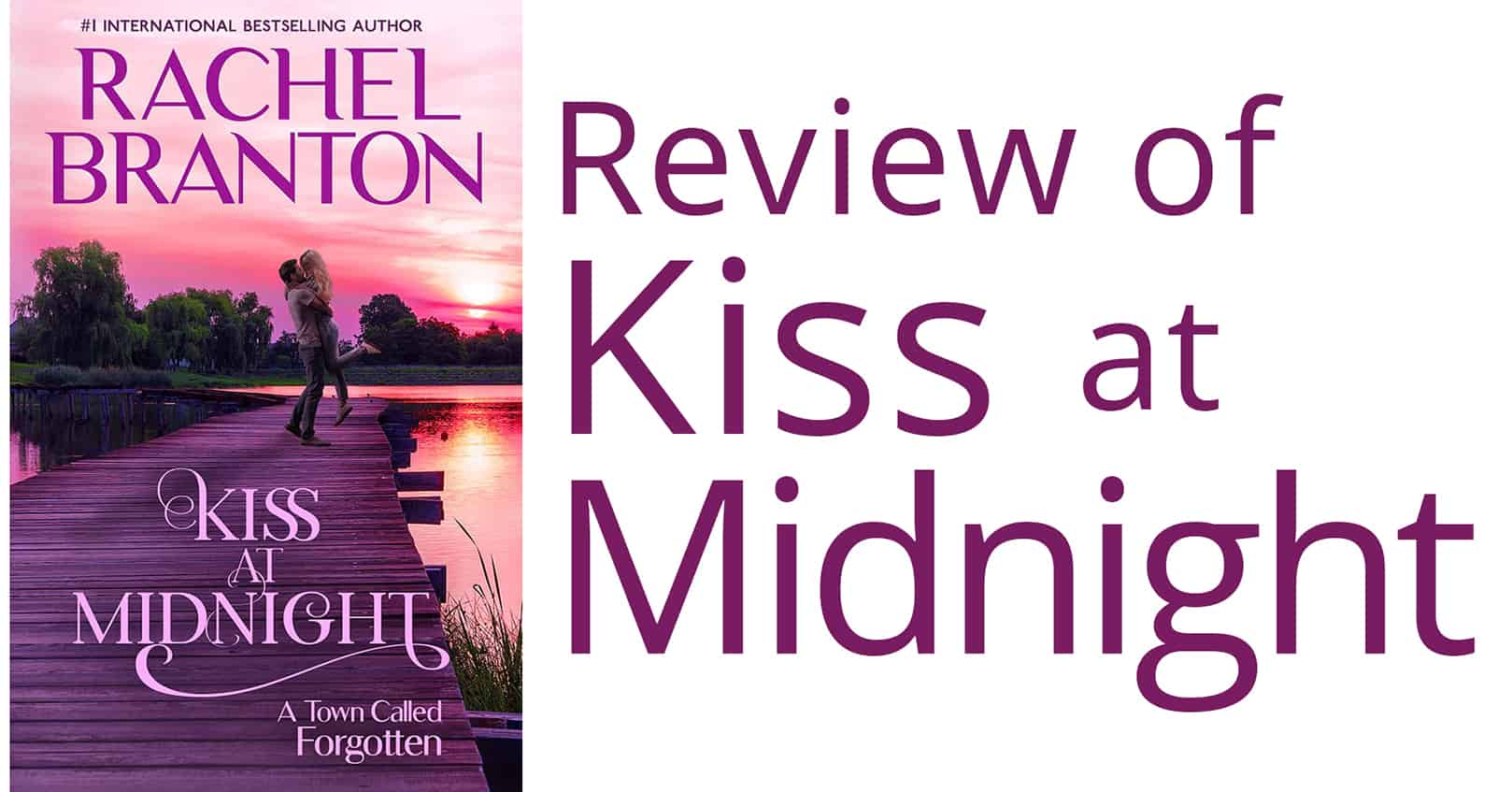
What do My Cousin Vinny and Atticus Finch have in common? A lot more than you might think. While Atticus Finch’s closing argument in To Kill a Mockingbird continues to inspire viewers to attend law school, the cross-examinations in My Cousin Vinny—while hilariously funny—offers an equally compelling example of excellent trial advocacy.
With the aid of movie clips that are just a click away, this concise yet comprehensive e-book Trial Advocacy Goes to the Movies offers examples of not only how to be a successful trial lawyer but also how to be an abject failure.
Here are two examples of what movies offer. First, My Cousin Vinny provides the perfect illustration of concession-seeking cross-examination. Defense counsel Vinny cross-examines the prosecution’s eyewitness to a robbery who must concede that he took 20 minutes cooking grits (not magic grits) which means that the robbers had enough time to enter the store, shoot the clerk and rob it without being observed by him. The clip of the cross-examination must be watched for it to be truly appreciated.
Second and on the other hand, movies can also teach lawyers what not to do. Paul Newman’s closing argument in The Verdict is an example of a persuasive but improper argument. Yes, Newman did a wonderful acting job playing a lawyer in The Verdict—Oscar nomination. Yes, the argument is compelling when he says: “We doubt the law. But today you are the law. You are the law. Not some book. Not some lawyers. Not a marble statue or the trappings of the court. . .”
However, Newman’s argument is objectionable because it is an invitation to the jury to nullify the law. Jurors are sworn under oath to “well and truly try the matters in issue and a true verdict render according to the evidence and the law.” The judge delivers the instructions on the law to the jury, and the jurors are bound by their oath to follow that law even if they disagree with it. The jurors are not the law. At least, they should not be under our justice system.
Trial Advocacy Goes to the Movies provides methodologies for writing the script for trial performances from opening statement through closing argument; effectively delivering a message to the jury; deciding whom to cast as witnesses to be called at trial; identifying the ethical and legal boundaries that trial lawyers should not cross; imparting a message to a jury with storytelling and visuals; cross-examining witnesses; and, so much more. Curious about how accurate courtroom scenes in movies are? Check out Trial Advocacy Goes to the Movies!
Happy reading.

















Comments